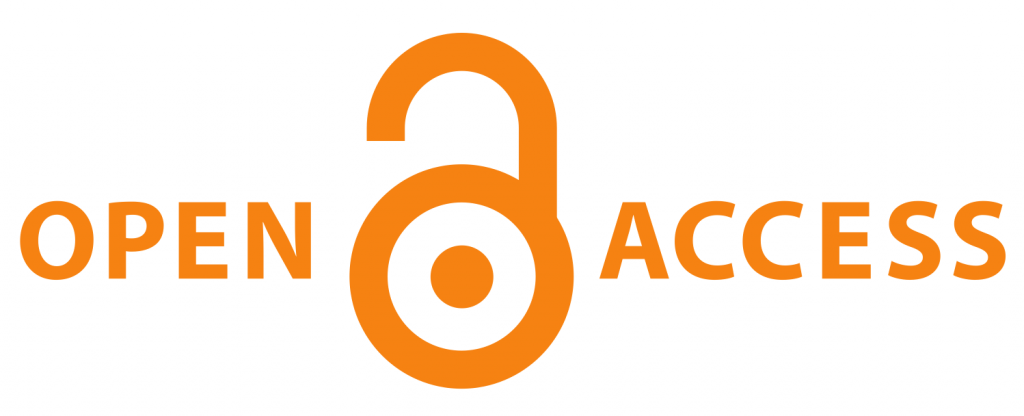Article Type
Original Article
Section/Category
Oral Biology
Abstract
Objective: Oral squamous cell carcinoma (OSCC) is the most common malignancy in the oral cavity with no definitive cure. In this study, chitosan loaded with nettle was used for the treatment of 7,12-Dimethylbenz[a] anthracene (DMBA)-induced oral squamous cell carcinoma compared to regular chemotherapy with 5-Fluorouracil (5-FU).Material and methods: Sixty pathogen-free male Syrian golden hamsters were used. The control group served as a negative control with no intervention, while the remaining animals received DMBA for 16 weeks then they were divided equally into 5 groups as follows; DMBA group received no treatment, while the 5-FU group was treated with 15mg/kg of 5-FU intraperitoneally 3 times per week for 16 weeks. The Nettle group received (15mg/kg) nettle extract, while the Chitosan group was treated with 200µl chitosan only, and the Nano-nettle group received a corresponding dose of chitosan nanoparticles loaded with nettle. All the previous treatment modalities were given orally by oral gavage 3 times a week for 16 weeks. The hamster cheek pouches (HCP) were excised, processed, and stained with haematoxylin and eosin, anti-cyclin D1 and anti-Nkp44. Results: Both Nettle and Nano-nettle groups showed a statistically significant reduction of dysplastic changes associated with OSCC induced by DMBA. Both groups showed decreased expression of Cyclin D1 and increased NKp44 expression compared to other experimental groups(P<0.001). Conclusions: Both Nettle and Nano-nettle can be considered as nutraceutical therapeutic modalities targeting the cell cycle, increasing immunity, and reducing the dysplastic changes in the hamster model of OSCC.
How to Cite This Article
Ezzat S K, ELsherbini A M.
Anti-dysplastic Effect of Nettle Extract and Its Nano-formulation on 7,12-Dimethylbenz[a]anthracene Induced Hamster Buccal Pouch Carcinogenesis.
Mans J Dent.
2022;
9(4):
156-161.
Available at:
https://doi.org/10.21608/mjd.2022.155022.1072
Creative Commons License

This work is licensed under a Creative Commons Attribution-NonCommercial-No Derivative Works 4.0 International License.








